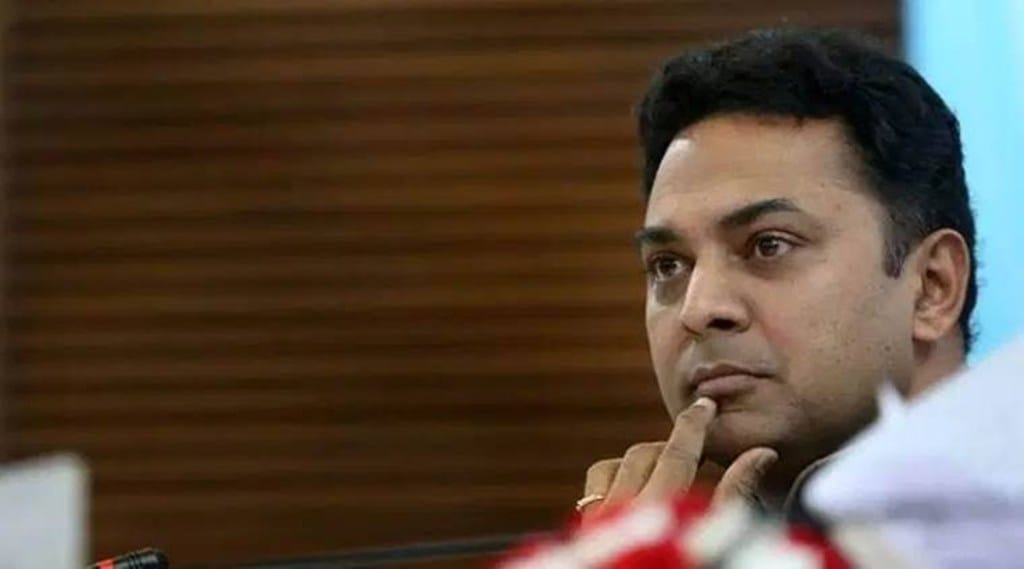India would have witnessed as much as 18-20% inflation now, had it adopted the policies resorted to by advanced countries in the aftermath of the Covid-19 outbreak, or its own policies following the 2008 global financial crisis (GFC), according to former chief economic adviser (CEA) Krishnamurthy V Subramanian.
However, the country isn’t “facing this eventuality” now because of its pragmatic post-Covid policies, which were a judicious mix of both supply and demand-side interventions to “boost output and control inflation”, he stressed.
Advanced economies primarily undertook demand-side measures and are facing inflation that is 400% higher than usual. “Emerging economies, where supply-side frictions are far more salient than in advanced economies, are facing 60-70% inflation in some cases,” Subramanian said in a presentation uploaded on LinkedIn.
In the aftermath of the GFC, India, too, had rolled out mainly demand-side measures, which led to double-digit inflation in subsequent years.India’s retail inflation eased to 7.01% in June from 7.04% in the previous month and from a 95-month high of 7.79% in April. However, it still remained above the upper band of the central bank’s medium-term target (2-6%) for a sixth straight month. Of course, at 7.3%, retail inflation in the June quarter remained lower than the central bank’s forecast (7.5%). Meanwhile, inflation in the US hit 9.2% in June, a fresh 40-year peak.
Asserting that India’s macro-economic fundamentals remain strong and much more robust that during the GFC, the former CEA said the country now offers investors the “highest opportunity” in the current fiscal, as it has turned out to be the world’s fastest-growing major economy, with real growth of 8.2% (according to the IMF).
Similarly, the country will remain the fastest-growing economy in this decade with a real growth rate of 7-8%, he added.


